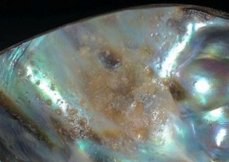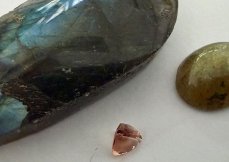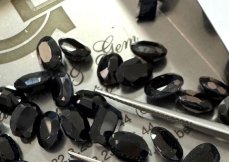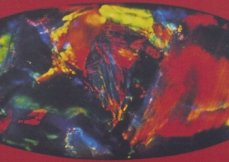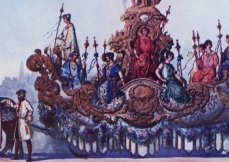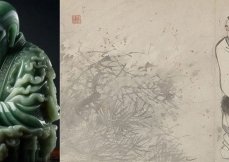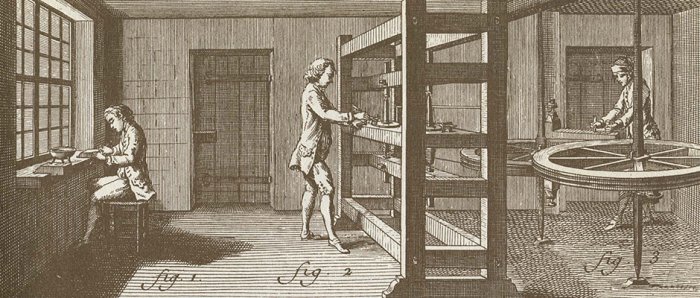
THE LODE VAN BERQUEM CONTROVERSIES | EN
"If the polemic is not over, it maybe admitted that the name of Louis De Berquem is associated to the diamond cutting technique. "
Any and all Antwerp inhabitant or visitor to this Belgian city has already seen the bas-relief decorating the corner of Jezusstraat and Leysstraat. There are few of them, however, who know the controversies about the discovery of the diamond cut.
WRITINGS ON RUBIES
Diamonds, when they are rough, while their crystallisation is perfect, and while their sides are completely clear, are extraordinary only by their hardness on top of all their magic properties which they were attributed. Of any and all the qualities which make a cut diamond the most incomparably beautiful stone of all the gems, there has never been talk of. Does it mean that the optical properties of the gems did not have any interest for our ancestors? The light of the cut ruby is of such extraordinary nature that nothing can stop it, that it shines even through the thickest clothes, Saint Epiphane writes. If cut diamonds had been known already in those days, the writings would no doubt have mentioned it in astonished words. The general shape and the situation of the facets have not been invented by Lode Van Berquem since this symmetry based on the reflection of light was already used by the ruby cutters in Bruges and Antwerp. After discovering the cutting technique, namely the wear of the sides of the diamond by the diamond powder on a grindstone, Lode Van Berquem left Bruges to settle in Antwerp where he cut, together with his companions, as per this technique, three famous diamonds In his book, Handboekvoor edelsteenkunde - manual of precious stones -, J Bolman is pleading against the existence of Lode Van Berquem and arguments through texts of the master jeweller, Benvenuto Cellini. The latter says "a diamond is rubbed against another till it gets plane sides which the cutter wants, the powder which has fallen off is gathered for the finishing To this purpose the stone is set in tin or lead shells set to a wooden arm and placed on a metallic disk coated with this diamond powder and oil". Th is technique is Lode Van Berquem's and is rather a confirmation since it was written in 1568, or almost a hundred years later.
A POLEMIC BETWEEN AMSTERDAM AND ANTWERP
This polemic finds its origin in the early days of the past century, during the competition between Antwerp and Amsterdam as a diamond dealing centre, Amsterdam refusing to admit that a Flemish was at the origin of this discovery Dutch historians took up some research in the parish records of the city of Bruges to discover any traces of the cutter, seeing that the name did not appear anywhere, it was assumed that Louis never ever existed. Yet, it is only as from the ordinance of Villers Cotterets in 1539, confirmed by the Council of Trento in 1563 that the christening certificates became compulsory. Although the arguments in favour or against it are not yet over, it may be admitted that our cutter not only existed, but also the fact that his name is closely linked to the technique of diamond cutting.
|


